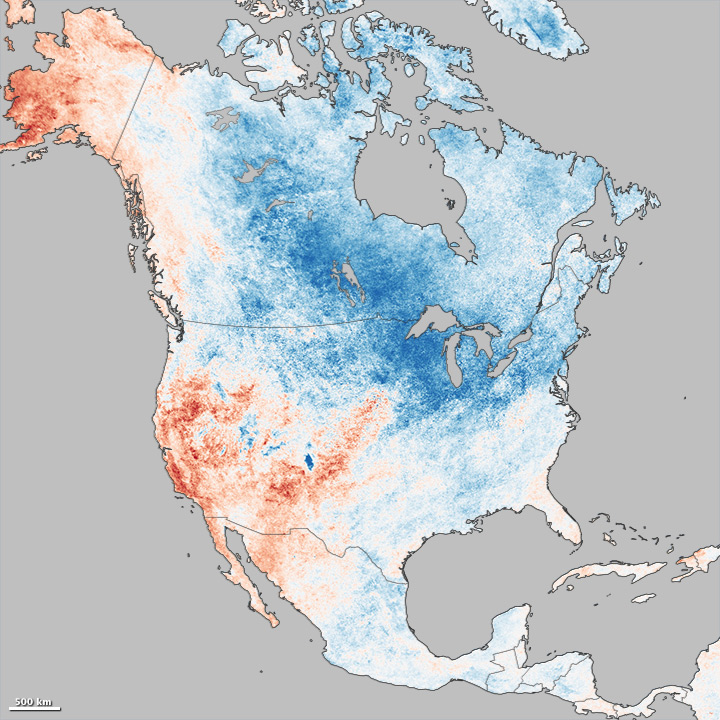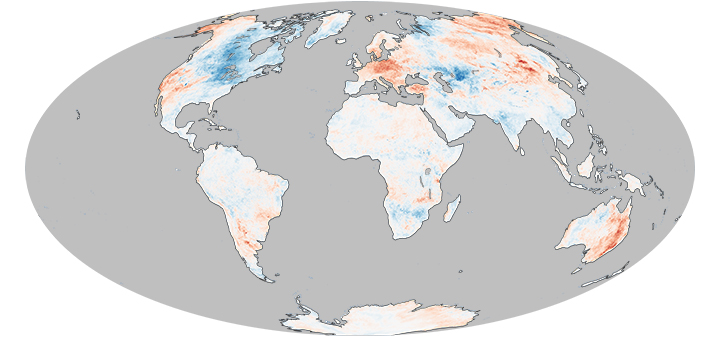Winter 2013-2014 Perspective
Sunday temperatures across parts of the Midwest were some of the warmest readings we've seen since late last year. The 2013-2014 winter was quite a bit colder than average from Canada to the eastern two-thirds of the nation, but NOAA sheds light on how our cold winter compared to the entire globe.
"For many residents of North America, the winter of 2013-14 has felt like one of the coldest in many years. Waves of Arctic air brought extended periods of cold weather and above-average snowfall to the middle and eastern portions of the United States and Canada. Seven Midwestern states had one of their top-ten coldest winters, and the Great Lakes were chilled until they reached nearly 91 percent ice cover. Even portions of Mexico and Central America were cooler than normal.
But human memory is not a scientific measure, and long-term perspective tends to get lost in everyday conversation and news coverage. The winter of 2013-14 followed two winters that were significantly warmer than the norm, which likely made this season feel worse than it was. Researchers at the U.S. National Climatic Data Center (NCDC) reported that the average temperature of the contiguous U.S. for the winter was just 0.4° Celsius (31.3° Fahrenheit), about 1°F below average."

"The map below puts the North American winter in wider context. On a global scale, land temperatures for the December through February period were actually the tenth warmest in the modern record, according to NCDC, 0.87°C (1.57°F) above the 20th century average."
"Far eastern Asia, particularly China and eastern Russia, were significantly warmer than normal. In Europe, Austria and The Netherlands observed the second warmest winters in their records, and Switzerland its third warmest. With temperatures as much as 5°C above normal, spring crops and plants began sprouting several weeks early across much of Europe. And in the southern summer, the extended heat waves in Australia and Argentina stand out."

No comments:
Post a Comment